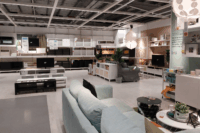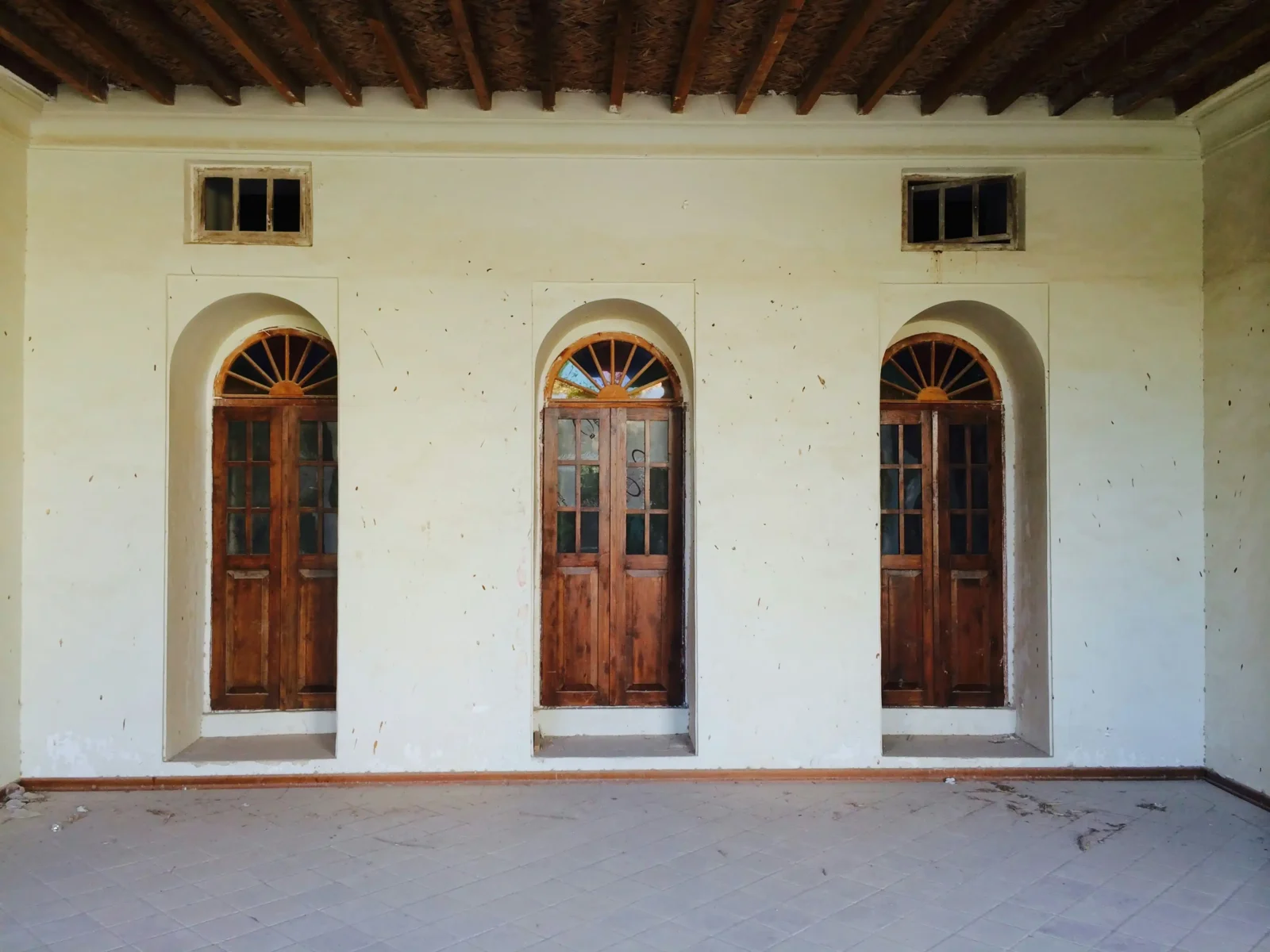- Home
- Articles
- Architectural Portfolio
- Architectral Presentation
- Inspirational Stories
- Architecture News
- Visualization
- BIM Industry
- Facade Design
- Parametric Design
- Career
- Landscape Architecture
- Construction
- Artificial Intelligence
- Sketching
- Design Softwares
- Diagrams
- Writing
- Architectural Tips
- Sustainability
- Courses
- Concept
- Technology
- History & Heritage
- Future of Architecture
- Guides & How-To
- Art & Culture
- Projects
- Interior Design
- Competitions
- Jobs
- Store
- Tools
- More
- Home
- Articles
- Architectural Portfolio
- Architectral Presentation
- Inspirational Stories
- Architecture News
- Visualization
- BIM Industry
- Facade Design
- Parametric Design
- Career
- Landscape Architecture
- Construction
- Artificial Intelligence
- Sketching
- Design Softwares
- Diagrams
- Writing
- Architectural Tips
- Sustainability
- Courses
- Concept
- Technology
- History & Heritage
- Future of Architecture
- Guides & How-To
- Art & Culture
- Projects
- Interior Design
- Competitions
- Jobs
- Store
- Tools
- More
New York’s Office-to-Housing Super-Conversions: A Designer’s Field Guide

New York’s effort to turn underused office towers into housing has shifted from boutique case studies to “city-shaping” projects. Two megaconversions lead the story: 25 Water Street in the Financial District—now leasing roughly 1,300apartments—and 5 Times Square, green-lit in May 2025 to deliver about 1,250 units in the heart of Midtown. Together they preview the new design playbook for deep floor plates, daylight, ventilation, vertical circulation, and life-safety in towers never meant for bedrooms.
Table of Contents
ToggleA wave with numbers behind it
By mid-2025, 4.1 million square feet of Manhattan offices were actively being redeveloped as housing—the highest annual level since 2008—with another 8.8 million square feet proposed. Midtown now accounts for ~55% of post-2020 conversion activity, overtaking Downtown, and the push is fueled by tight rental markets (Manhattan multifamily vacancy hovering near 3%) and policy nudges that make complicated building physics worth the pencil.
New incentives matter, too. New York State’s 467-m tax program specifically targets commercial-to-residential conversions with affordability requirements, and 25 Water Street is cited as the first NYC project to use it—one reason a former back-office tower could become the country’s largest conversion.
Case Study 1: 25 Water Street (FiDi)
What changed: the massing, the skin, and—most critically—the section. The team is adding floors (rising from 22 to a planned 32) while cutting large interior light courts through a once-opaque, computer-era floor plate. The re-cored geometry gets daylight where 1960s HVAC once ruled and turns “too-deep” middle zones into real living spaces. The development promises ~1,300 units plus ~100,000 ft² of amenities (from an atrium to pools), and it moved from lease-up announcements in January 2025 to first move-ins a month later, with an affordable-housing lottery opening in March.

Design implications:
- Daylight strategy. The signature move is the vertical subtraction—big, multi-story cuts that transform a doughnut plan into E- or C-shaped bars around new courts. That reduces travel distances for egress and services, shortens corridors, and allows more units to meet light-and-air requirements without excessive façade surgery.
- Façade modernization. A punch-card exterior becomes window-rich without fighting every slab edge; the court walls do the heavy lifting for glazing while street elevations retain a controlled rhythm.
- Systems reset. Pools and wellness floors sit where heavy office MEP once lived; new shafts consolidate wet stacks for small kitchens and baths, limiting structural hits.
Why it matters: 25 Water proves you can add livability to a building type once considered conversion-hostile. It’s also a financial precedent—combining scale, added floors, and 467-m—to be watched by every owner with 1960s–1980s plates south of Canal Street.
Case Study 2: 5 Times Square (Midtown)
What’s planned: after approvals from Empire State Development in May 2025, the 38-story tower will be repositioned into ~1,250 apartments (about 1,050 studios and 200 one-bedrooms), with ~37,000 ft² of retail retained and 25% of units permanently affordable. Design is led by Gensler. The structure is to be rebranded 592 Seventh Avenue as residential work proceeds.
Design implications in a Times Square context:
- Noise & light control. Glazing and shading must meet residential comfort targets even as large-format signs and transit activity pulse below. Expect sound-rated assemblies and thermal strategies that allow night cooling without “open-window” noise exposure.
- Core choreography. An office core sized for large floor loads and high-speed destination elevators must be rationalized for residential egress (two stairs minimum, pressurization strategies) and smaller, more numerous lifts that stop everywhere residents live.
- Unit mix vs. depth. The program’s heavy studio count reflects plate reality: deep spans favor efficient micro-units, especially when light courts are limited by signage and structure at the perimeter.
Why it matters: 5 Times Square demonstrates how Midtown—not just Downtown—can flip the switch from office to housing at scale, a shift consistent with data showing Midtown’s majority share of recent conversions.
The new rules of thumb for designers
1) Start in section, not plan.
Deep office plates fail as apartments until you solve the middle. Two maneuvers dominate: (a) carve courts (voids that bring sky down), and (b) lift and thin plates with partial floor removals to make double-height social spaces and better cross-ventilation paths. 25 Water’s dramatic courts are the canonical example.

2) Move the program to the perimeter, move the services to the spine.
Residential plumbing chases, dedicated outside-air systems, and electrical distribution like to stack; office towers scatter them. Early clustering of kitchens and baths along new shafts minimizes slab coring and makes firestopping predictable.
3) Treat the façade as an environmental system.
Conversions run on daylight and acoustics. Re-skinning entire elevations is expensive; target the courts and corners for maximum gain, upgrade gaskets and frames, and pair higher-performance glazing with shading that doesn’t kill winter sun. Times Square’s unit comfort will ride on this tuning.
4) Right-size vertical circulation.
Office cores assume rush-hour peaks; residential peaks are flatter and longer (mornings, evenings, parcel traffic). Smaller cabs, more stops, and smart dispatch reduce wait times while freeing rentable areas. Stair pressurization and smoke control must be revisited once plates are cut.
5) Design with the lease-up, not just the sign-off, in mind.
Post-pandemic residents expect shared work zones, small gyms on “everyday floors,” and quiet rooms away from shafts. Amenity concentration (25 Water’s ~100,000 ft²) now coexists with micro-amenities near units so a Tuesday workout doesn’t require a lobby trek.
What the numbers tell owners and city officials
- Scale is a feature, not a bug. The headline projects (25 Water at ~1,300 units, 5 Times Square at ~1,250) demonstrate that the conversion math improves as floor-plate surgery, façade modernization, and core re-use are amortized over 1,000+ doors. Those orders of magnitude matter when the city is counting net new homes.
- The pipeline is real. With 4.1 million ft² under way in 2025 and Midtown capturing the majority since 2020, approvals and financing are no longer the blocking issues they were in 2021–2022. The constraint is building suitability: not every plate can be saved.
- Policy alignment helps. The early use of 467-m at 25 Water shows how affordability requirements can be built into the capital stack for private, market-rate-heavy conversions. Expect more hybrids that mix studio-heavy towers (Times Square) with family-sized units where plates allow.
Process tools that keep reviews moving
City reviewers and neighbors respond to clarity. Teams increasingly present early options with 3D home design software that keeps a 2D plan and 3D model synchronized and can generate photorealistic views in minutes, then export PDF sheets and DXF-compatible files. The aim isn’t to auto-check code (that remains with the licensed professionals of record), but to surface conflicts early egress dead-ends after a plate cut, light-and-air at interior rooms, or shaft clashes, so the first upload is coherent. On that front, Cedreo is one well-known platform in the residential space.
Three design patterns emerging from NYC’s megaconversions
The “Swiss-cheese plate.” Remove strategic bays through multiple floors to create stacked voids that do daylight, wayfinding, and micro-amenities simultaneously. This helps craft dual-aspect units (window on street + window on court) and ensures that deep interiors never become code-compliant but unlivable bedrooms. 25 Water’s courtyards are the marquee example.

The “hinge core.” Keep one stair and elevator bank where it is, then swing the second stair to a new location aligned with the court, reducing travel distances and allowing a simple double-loaded corridor. This cedes some GFA to life safety but yields more “legal bedrooms that feel like bedrooms.”
The “quiet-loud sandwich.” In Midtown high-noise zones, layer quiet uses (bedrooms) behind the best façade assemblies and push loud uses (gyms, lounges, package rooms) toward the noisiest perimeter or the court’s lower levels. 5 Times Square’s programmatic mix will likely lean into this logic to reconcile Times Square’s soundscape with residential expectations.
Risks to manage (before demo starts)
- Structure surprises. 1960s towers often embed transfer beams and odd slab thickening. 3-D survey and early scanning keep new shafts from colliding with un-movables.
- Envelope expectations. Re-skinning is headline-friendly but cost-intensive; mid-project scope creep on window packages is a budget killer. Lock window families early and defend them.
- MEP downdraft. Residential ventilation and kitchen exhaust routes multiply quickly. Map discharge points that won’t compromise a re-skinned façade—especially around Times Square signage.
- Egress math after edits. Once you cut the plate, the common path of egress travel and dead-end limits may change. Solve it on paper, not with cast-in-place concrete.
What this means for the next crop of conversions
The 25 Water and 5 Times Square playbooks are different—one is an inward-looking daylight surgery on a FiDi slab, the other a Midtown re-programming effort juggling noise, brand, and studios at scale. But they converge on the same lesson: solve the section first, then let the plan follow. When designers use synchronized 2-D/3-D workflows to make those sectional moves legible, lenders and plan examiners can say “yes” faster, and residents get homes that feel like homes—not just office leftovers with a kitchen.
The city-wide stakes are large. Analysts point to millions of square feet in the pipeline and thousands of apartments deliverable this cycle if we keep matching the right buildings with the right surgery. If policy stays aligned—and if teams keep proving that light, air, and comfort are compatible with deep plates—the next wave of addresses that New Yorkers call home will be places they once only commuted to.
illustrarch is your daily dose of architecture. Leading community designed for all lovers of illustration and #drawing.
Submit your architectural projects
Follow these steps for submission your project. Submission FormLatest Posts
How Modern Bridges Balance Aesthetics and Engineering
How modern bridges balance aesthetics and engineering: explore form-driven systems, case studies,...
Exterior & Interior Remodeling Tips Every Homeowner Should Consider
Home upgrades reshape comfort, improve function, and strengthen long-term property value. Whether...
Top 8 Luxury Vacation Rentals Features Guests Love Most
A luxury vacation rental offers an entirely different experience than a typical...
Why Local Expertise Matters: Choosing the Right Plumbers in Townsville
Why Local Expertise Matters: Choosing the Right Plumbers in Townsville When it...












Leave a comment